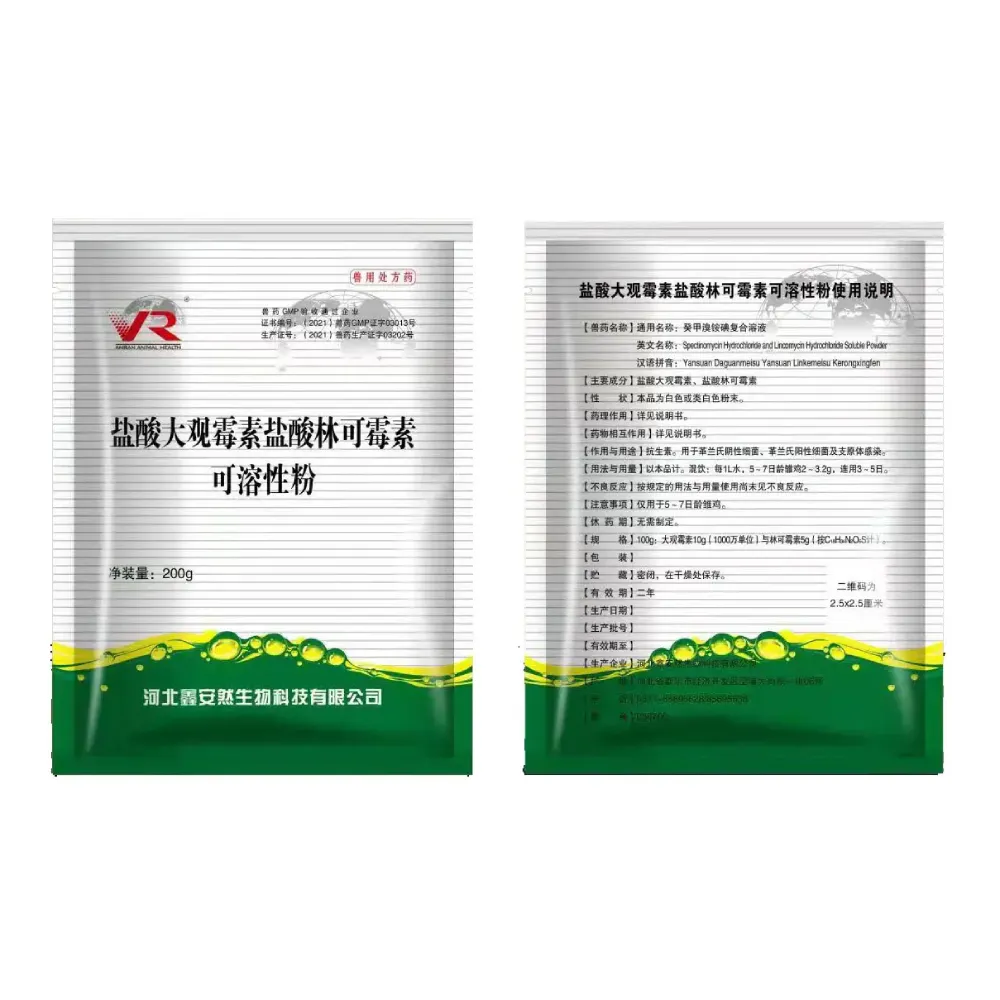- Afrikaans
- Albanian
- Amharic
- Arabic
- Armenian
- Azerbaijani
- Basque
- Belarusian
- Bengali
- Bosnian
- Bulgarian
- Catalan
- Cebuano
- Corsican
- Croatian
- Czech
- Danish
- Dutch
- English
- Esperanto
- Estonian
- Finnish
- French
- Frisian
- Galician
- Georgian
- German
- Greek
- Gujarati
- Haitian Creole
- hausa
- hawaiian
- Hebrew
- Hindi
- Miao
- Hungarian
- Icelandic
- igbo
- Indonesian
- irish
- Italian
- Japanese
- Javanese
- Kannada
- kazakh
- Khmer
- Rwandese
- Korean
- Kurdish
- Kyrgyz
- Lao
- Latin
- Latvian
- Lithuanian
- Luxembourgish
- Macedonian
- Malgashi
- Malay
- Malayalam
- Maltese
- Maori
- Marathi
- Mongolian
- Myanmar
- Nepali
- Norwegian
- Norwegian
- Occitan
- Pashto
- Persian
- Polish
- Portuguese
- Punjabi
- Romanian
- Russian
- Samoan
- Scottish Gaelic
- Serbian
- Sesotho
- Shona
- Sindhi
- Sinhala
- Slovak
- Slovenian
- Somali
- Spanish
- Sundanese
- Swahili
- Swedish
- Tagalog
- Tajik
- Tamil
- Tatar
- Telugu
- Thai
- Turkish
- Turkmen
- Ukrainian
- Urdu
- Uighur
- Uzbek
- Vietnamese
- Welsh
- Bantu
- Yiddish
- Yoruba
- Zulu
ნოე . 18, 2024 18:48 Back to list
Understanding Mechanisms of Antimicrobial Resistance in Bacteria and Their Impact on Public Health
Understanding Antimicrobial Resistance Mechanisms
Antimicrobial resistance (AMR) is a growing global health concern that challenges our ability to treat infectious diseases effectively. It occurs when microorganisms, such as bacteria, viruses, fungi, and parasites, evolve to resist the effects of medications that once eliminated them. This resistance can arise through various mechanisms, which can be broadly classified into intrinsic and acquired resistance. Understanding these mechanisms is essential for developing strategies to combat AMR.
Intrinsic Resistance
Intrinsic resistance refers to the inherent characteristics of certain microorganisms that make them naturally resistant to specific antimicrobial agents. For instance, some bacteria possess a robust cell wall structure that prevents antibiotic penetration. Mycobacterium tuberculosis, the causative agent of tuberculosis, has a unique lipid-rich cell wall that impedes the entry of many antibiotics. Similarly, the Gram-negative bacteria possess an outer membrane acting as a barrier against various drugs, while the presence of efflux pumps enables them to expel toxins and antimicrobial agents from their cells before they can exert a harmful effect.
Acquired Resistance
Acquired resistance, on the other hand, occurs when microorganisms gain resistance through genetic changes. This can happen in several ways, including mutation, horizontal gene transfer, and mobile genetic elements.
1. Mutation Spontaneous mutations can occur in microbial DNA during replication, leading to changes in protein structure that may confer drug resistance. For example, mutations in the bacterial ribosome can render certain antibiotics ineffective, as the antibiotics can no longer bind to their target site.
2. Horizontal Gene Transfer Bacteria can acquire resistance genes from other microorganisms through three primary mechanisms transformation, transduction, and conjugation. During transformation, bacteria can uptake free DNA from their environment. In transduction, a bacteriophage (a virus that infects bacteria) transfers genetic material between bacterial cells. Conjugation involves direct cell-to-cell transfer of plasmids, which often contain antibiotic resistance genes.
antimicrobial resistance mechanisms pdf

3. Mobile Genetic Elements Plasmids, transposons, and integrons are examples of mobile genetic elements that facilitate the spread of resistance. Plasmids can carry multiple resistance genes and can easily transfer between bacteria, spreading resistance rapidly within bacterial populations. Integrons can capture and express resistance genes, allowing bacteria to adapt quickly to new antimicrobial challenges.
Impact on Public Health
The implications of AMR are profound, as resistant infections are associated with increased morbidity, mortality, and healthcare costs. Common infections that were once easily treatable with antibiotics, such as urinary tract infections and pneumonia, can become life-threatening due to resistant strains. The World Health Organization (WHO) has identified critical pathogens, such as Methicillin-resistant Staphylococcus aureus (MRSA) and Carbapenem-resistant Enterobacteriaceae (CRE), as urgent threats that necessitate immediate action.
Response Strategies
Addressing AMR requires a multifaceted approach. Promoting responsible antibiotic use, enhancing infection prevention and control measures, and investing in research for new antimicrobials and alternatives are essential steps. Public awareness campaigns can educate healthcare providers and patients about the importance of adhering to prescribed treatments and avoiding unnecessary antibiotic use.
Additionally, improved diagnostic tools can help ensure that antibiotics are prescribed only when necessary, targeting the specific organisms causing infections. Surveillance of AMR trends will aid in understanding the evolution of resistance and inform public health strategies.
Conclusion
Antimicrobial resistance poses a significant threat to public health worldwide, driven by various intrinsic and acquired mechanisms. Recognizing and understanding these mechanisms is fundamental to developing effective countermeasures. By promoting judicious use of antimicrobials and fostering innovation in research and development, we can strive to mitigate the impact of AMR and safeguard effective treatments for future generations. Only through collaborative efforts among healthcare professionals, policymakers, and researchers can we hope to address this pressing global health challenge.
-
Guide to Oxytetracycline Injection
NewsMar.27,2025
-
Guide to Colistin Sulphate
NewsMar.27,2025
-
Gentamicin Sulfate: Uses, Price, And Key Information
NewsMar.27,2025
-
Enrofloxacin Injection: Uses, Price, And Supplier Information
NewsMar.27,2025
-
Dexamethasone Sodium Phosphate Injection: Uses, Price, And Key Information
NewsMar.27,2025
-
Albendazole Tablet: Uses, Dosage, Cost, And Key Information
NewsMar.27,2025













